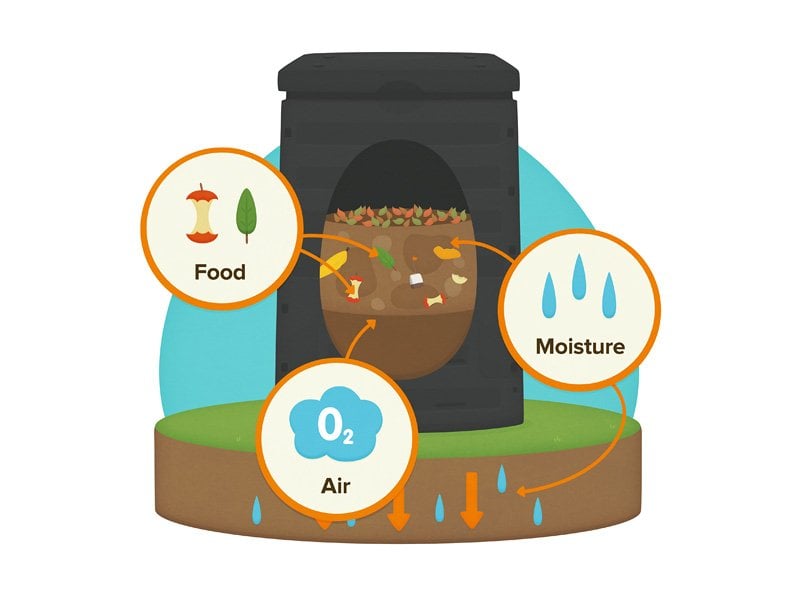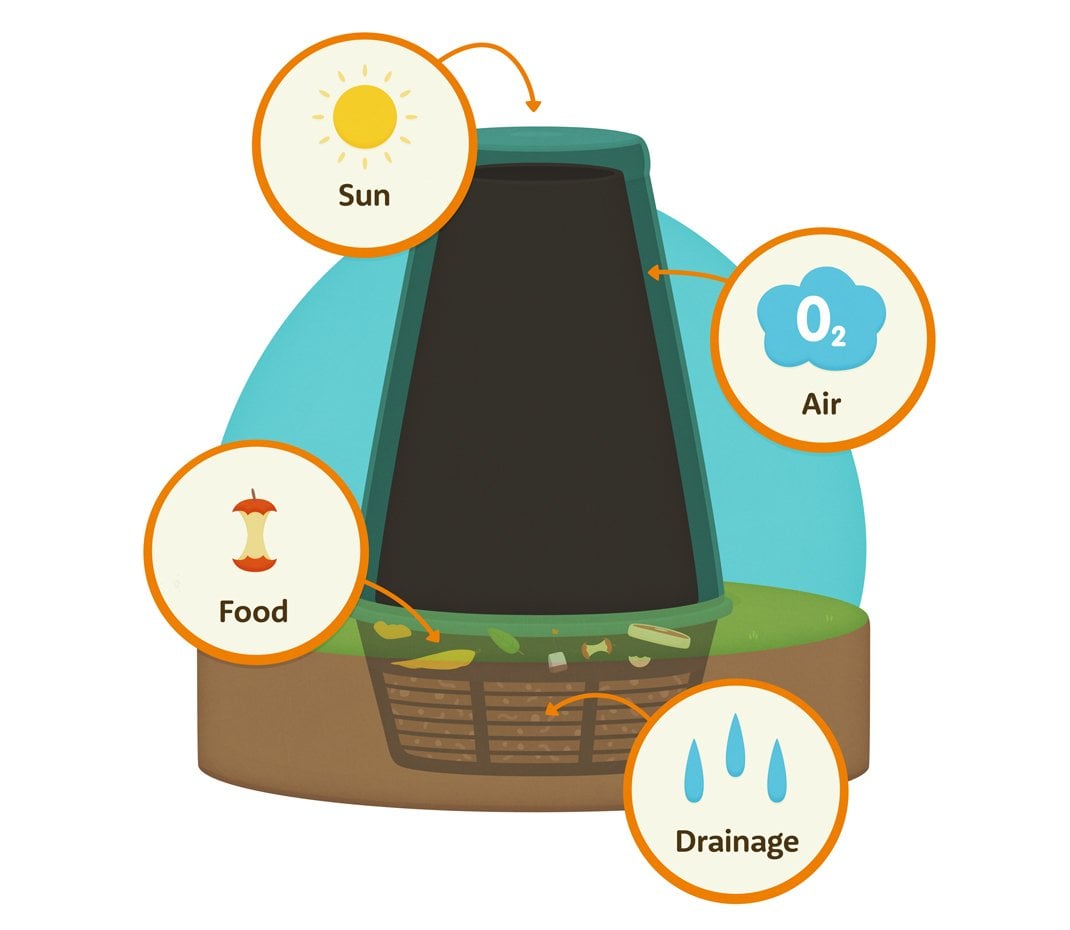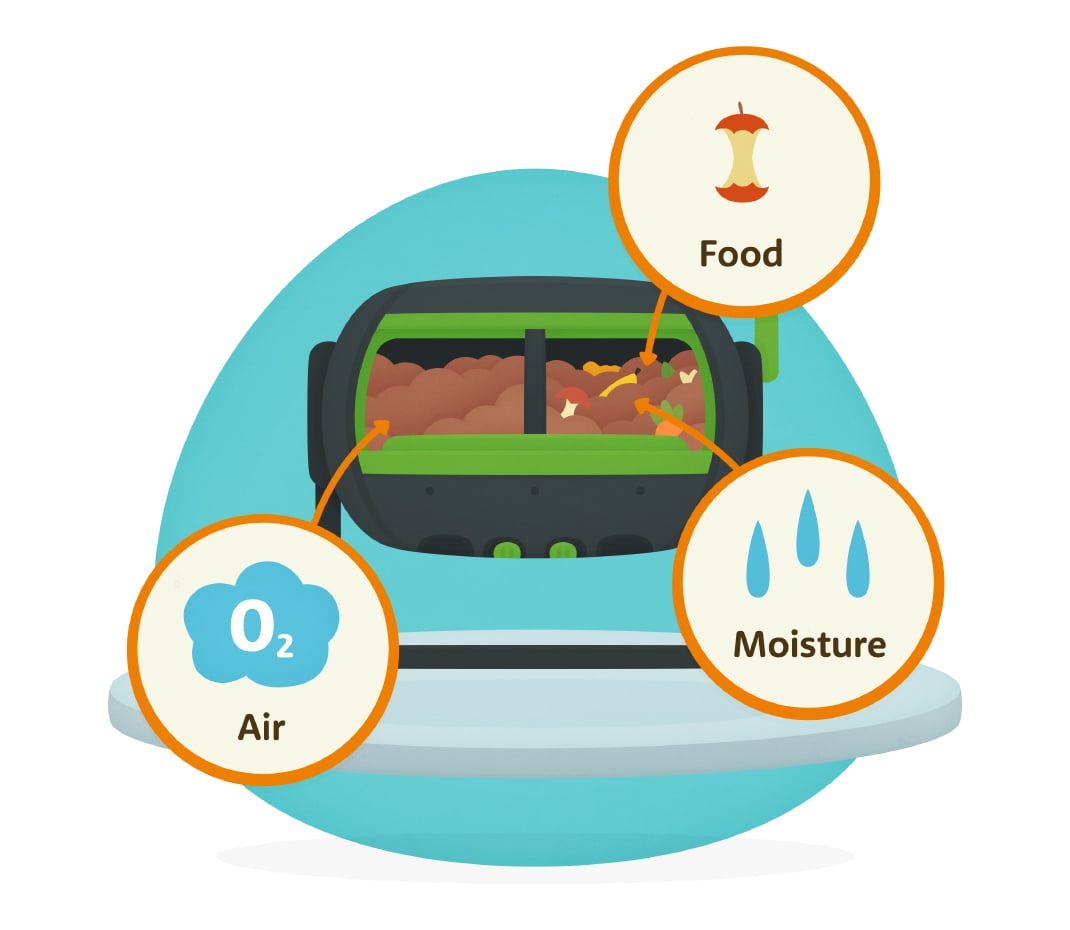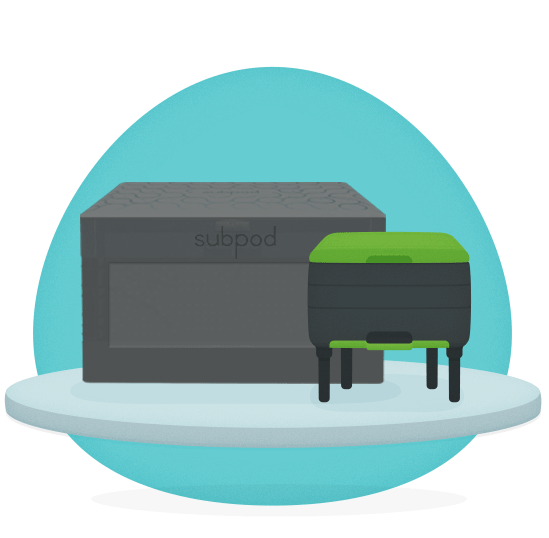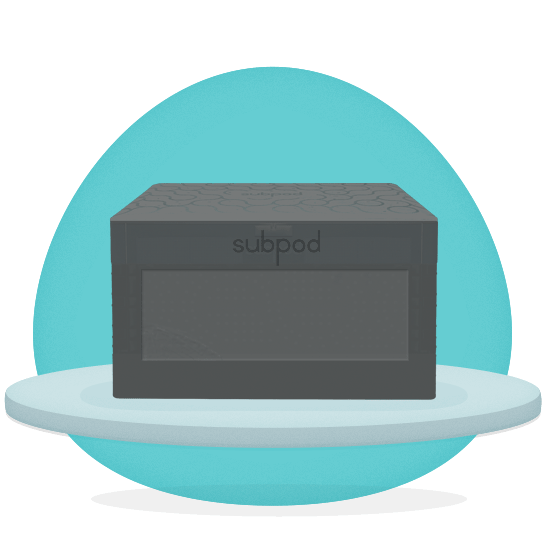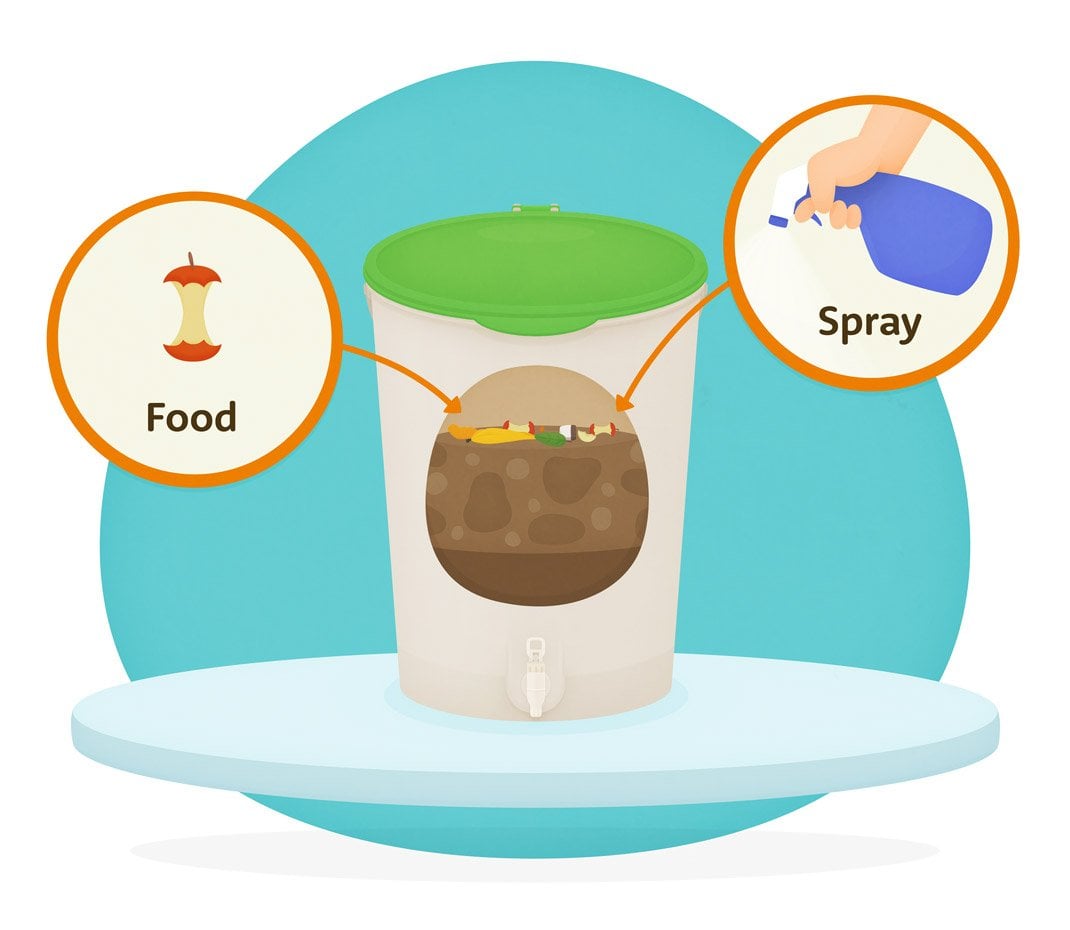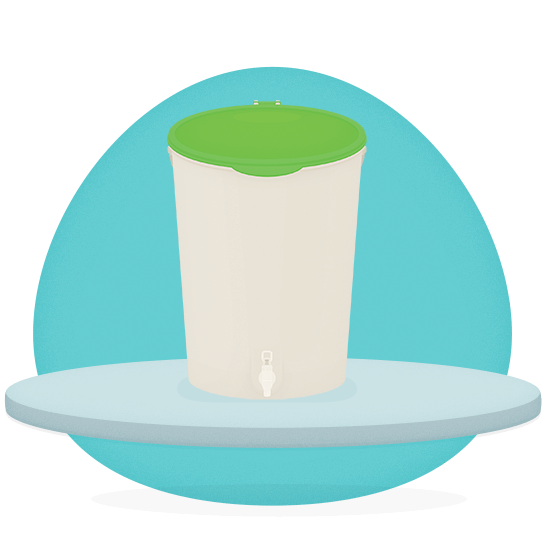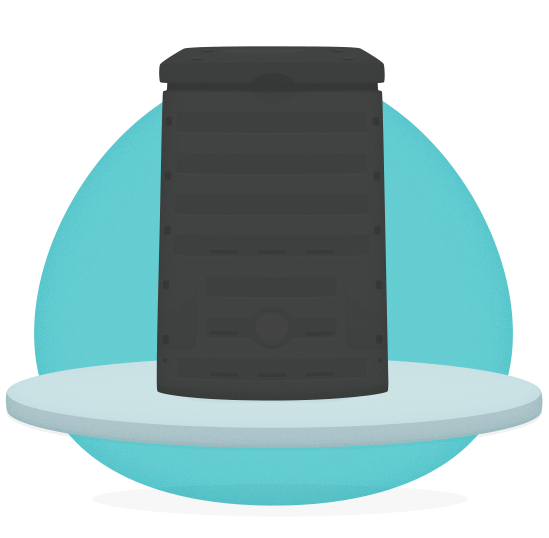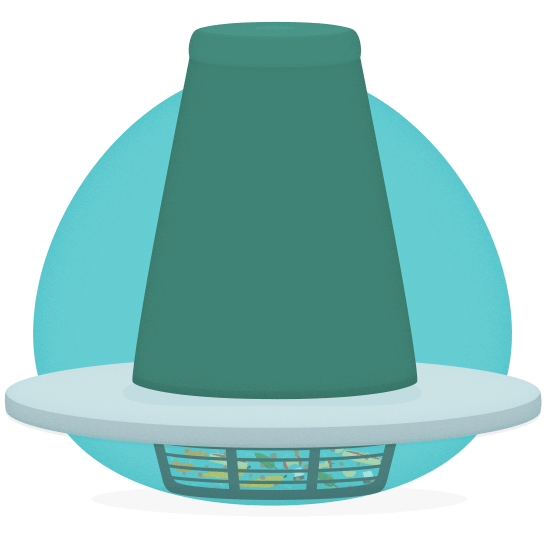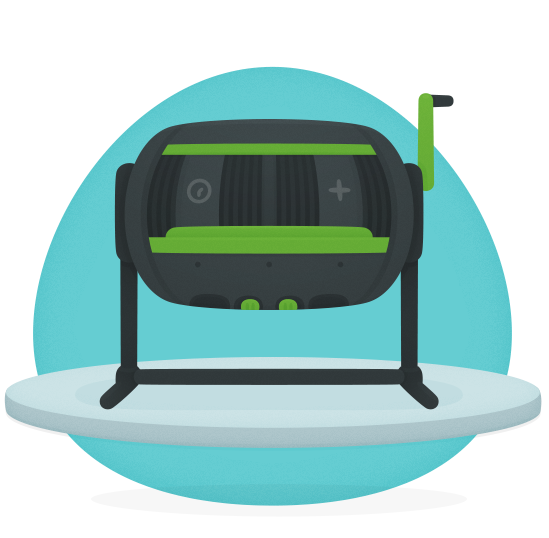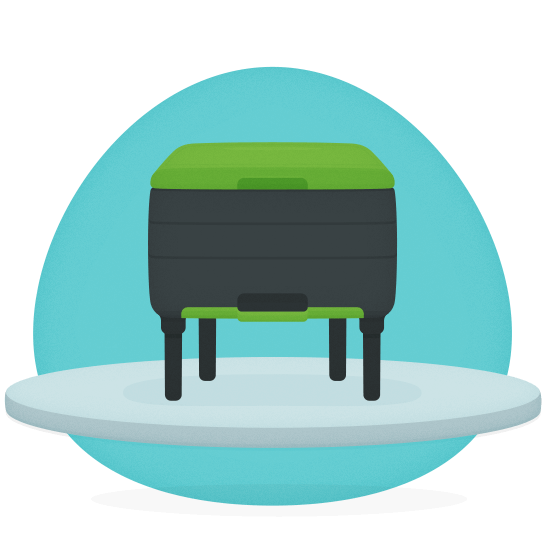Chọn bài hướng dẫn
There are many different ways you can turn your kitchen scraps into rich fertiliser for your garden. Choose the method that meets your lifestyle and needs below. All TutorialsCompost bins add heat to speed up the process via above ground, partially buried, or rotating chambers.
- Processes lots of food scraps (limit meat and diary).
- Above ground and tumblers compost garden waste too.
- Low maintenance.
Produces rich harvestable compost for your garden and the sourrounding soil, plus tumblers produce liquid fertiliser.
See benefitsHungry worms break down food scraps into solid and liquid nutrients in traditional multi-tray and new below ground farms.
- Processes small to medium amounts of food scraps, primarily fruit and vegetables.
- Suitable for indoor as well as outdoor placement.
- A bit more maintenance.
All worm farms produce rich harvestable worm castings. Traditional farms also produce lots of liquid fertiliser for your garden.
See benefitsPhương pháp làm phân xanh Bokashi sử dụng biện pháp lên men để ủ thức ăn thải bỏ trong một thùng kín hơi. Rác thải sẽ phân hủy mà không có mùi khó chịu hoặc thu hút côn trùng. Phương pháp này rất phù hợp với các hộ gia đình nhỏ với không gian hạn chế.
Phương pháp làm phân xanh Bokashi là phù hợp nếu quý vị:
- sống trong một căn hộ
- làm việc trong một văn phòng có bếp ăn
- có chỗ để sau đó chôn hoặc làm loại phân bón bán rắn (một mảnh vườn trồng rau, thùng làm phân xanh hoặc một khu vườn cộng đồng)
Một vài trong số nhiều lợi ích của phương pháp này là:
- Nếu nó không có mùi, quý vị có thể để nó trong bếp
- Nó có thể xử lý được thịt, sản phẩm bơ sữa,các giống cam quýt, và hành; đây là những thứ mà trùng/giun không thích
- phân bón dạng lỏng rất dễ thu hoạch



